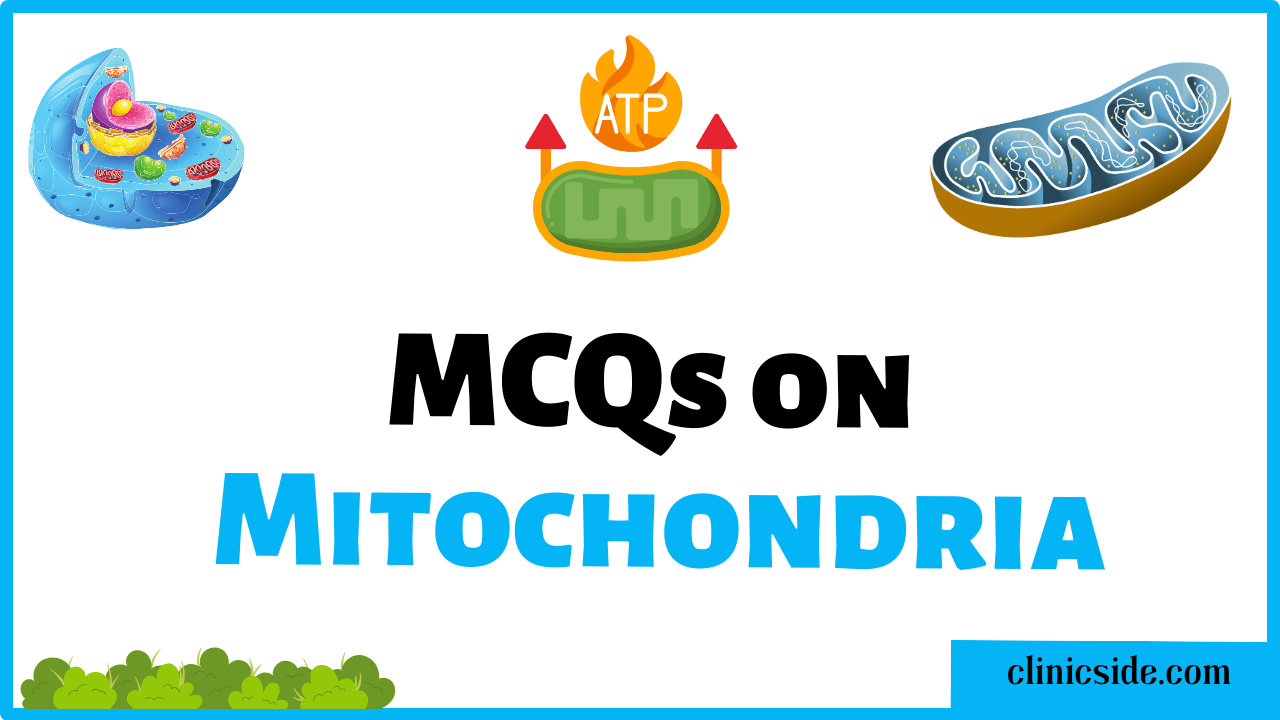Quiz
Available options: 1 to 20
Description for the Topics
Levels of Organization and Body Plans
Animals exhibit various levels of organization, from cellular to organ-system levels, depending on their complexity. For example, sponges have a cellular level, while mammals have organ systems. Animals also have diverse body plans based on symmetry: asymmetry (sponges), radial symmetry (cnidarians), and bilateral symmetry (most higher animals).
Coelom and Segmentation
Coelomates, such as annelids and vertebrates, have a body cavity called the coelom, which houses internal organs. Segmentation, seen in annelids and arthropods, divides the body into repeated segments, aiding in movement and flexibility.
Diploblastic and Triploblastic Animals
Diploblastic animals, like cnidarians, have two germ layers (ectoderm and endoderm), whereas triploblastic animals, such as humans, have three germ layers (ectoderm, mesoderm, and endoderm), which form different tissues and organs.
Open and Closed Circulatory Systems
In an open circulatory system, blood is not always confined to vessels and bathes the organs directly, as seen in arthropods. A closed circulatory system, found in vertebrates and annelids, keeps blood within vessels, ensuring efficient circulation.
Excretion and Respiration
Animals exhibit diverse excretory structures: nephridia in annelids, Malpighian tubules in insects, and kidneys in vertebrates. Similarly, respiration can occur through skin, gills, or lungs, depending on the habitat and complexity of the animal.
Nervous Systems and Reproduction
Simple animals like cnidarians have a nerve net, while complex animals have a centralized nervous system with a brain and spinal cord. Reproduction in animals can be sexual or asexual. Sexual reproduction involves gametes, while asexual reproduction, seen in sponges and hydra, occurs through budding or fragmentation.
Metamorphosis and Development
Some animals undergo metamorphosis, a transformation from larva to adult. Frogs (amphibians) and insects (like butterflies) are well-known examples. Development can be direct (offspring resemble adults) or indirect (larval stage differs from adult).
Vertebral Column and Chordates
Vertebrates have a vertebral column (backbone) that protects the spinal cord. All vertebrates belong to Phylum Chordata, characterized by a notochord, dorsal nerve cord, pharyngeal slits, and post-anal tail at some stage in their life.
Classes of Vertebrates
Vertebrates are classified into five major classes: Pisces (fishes), Amphibia (frogs, salamanders), Reptilia (snakes, lizards), Aves (birds), and Mammalia (humans, lions). Each class has unique characteristics like body covering, heart structure, and reproduction.
Mammalian Features and Unique Adaptations
Mammals have distinguishing features such as mammary glands, hair or fur, and a diaphragm for respiration. Some mammals, like bats, are capable of flight, while marine mammals, like whales, have adaptations for life in water. Monotremes, marsupials, and placental mammals represent different groups based on their reproductive strategies.





